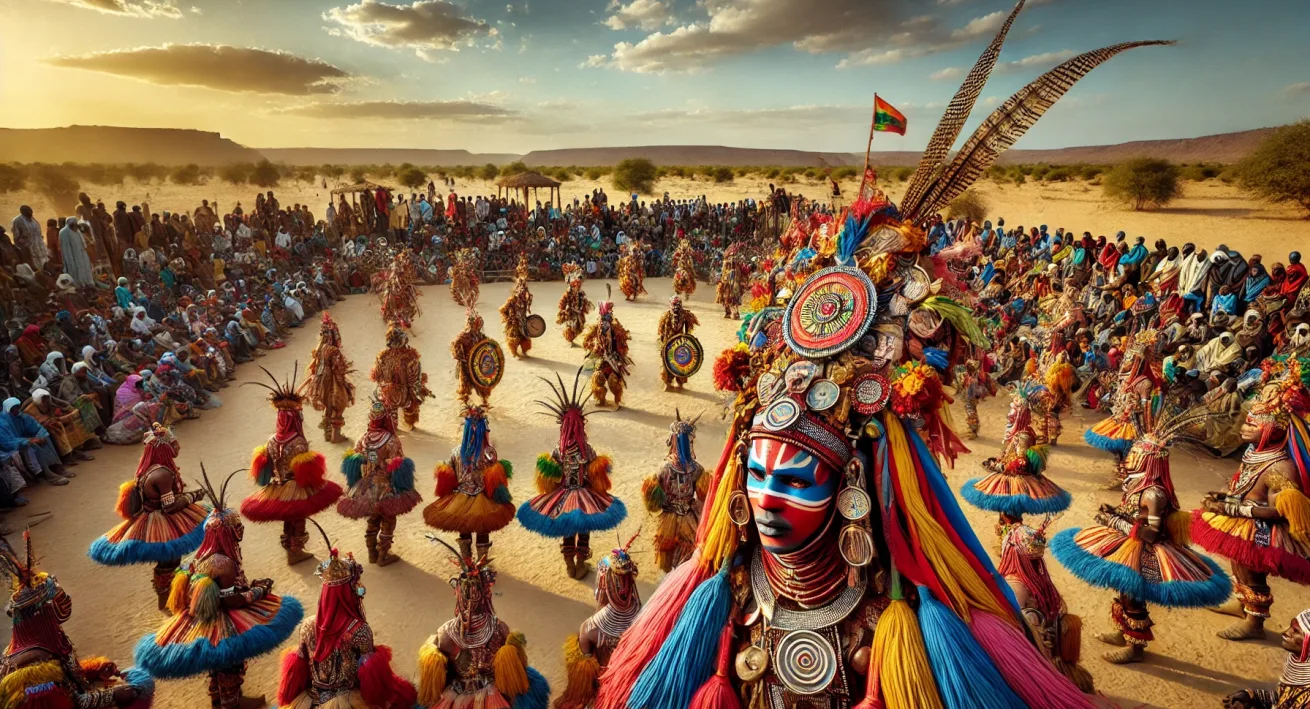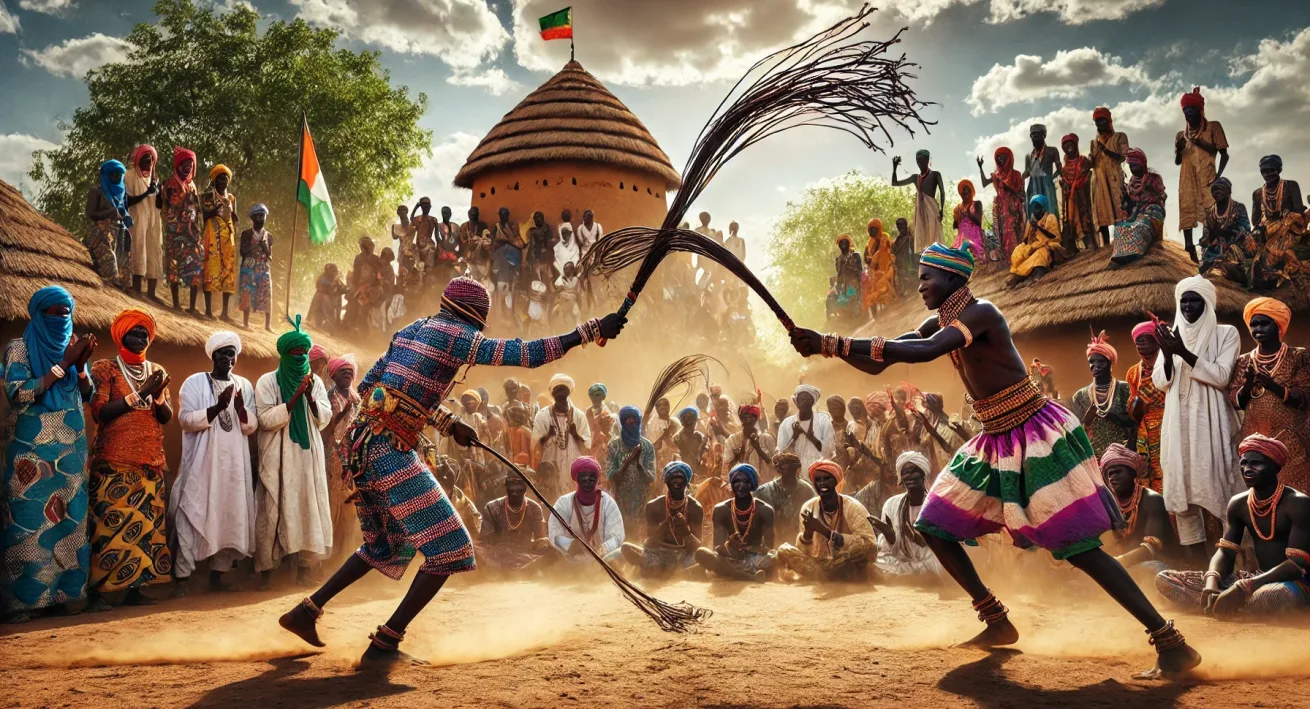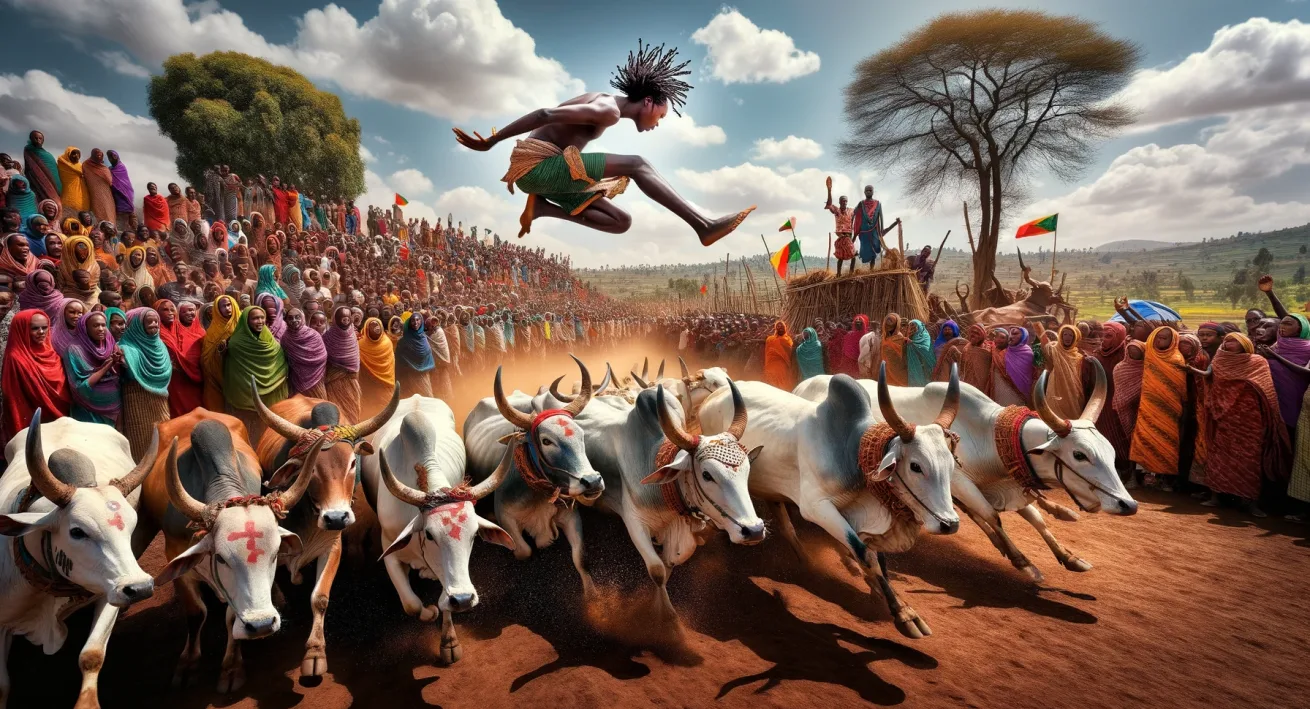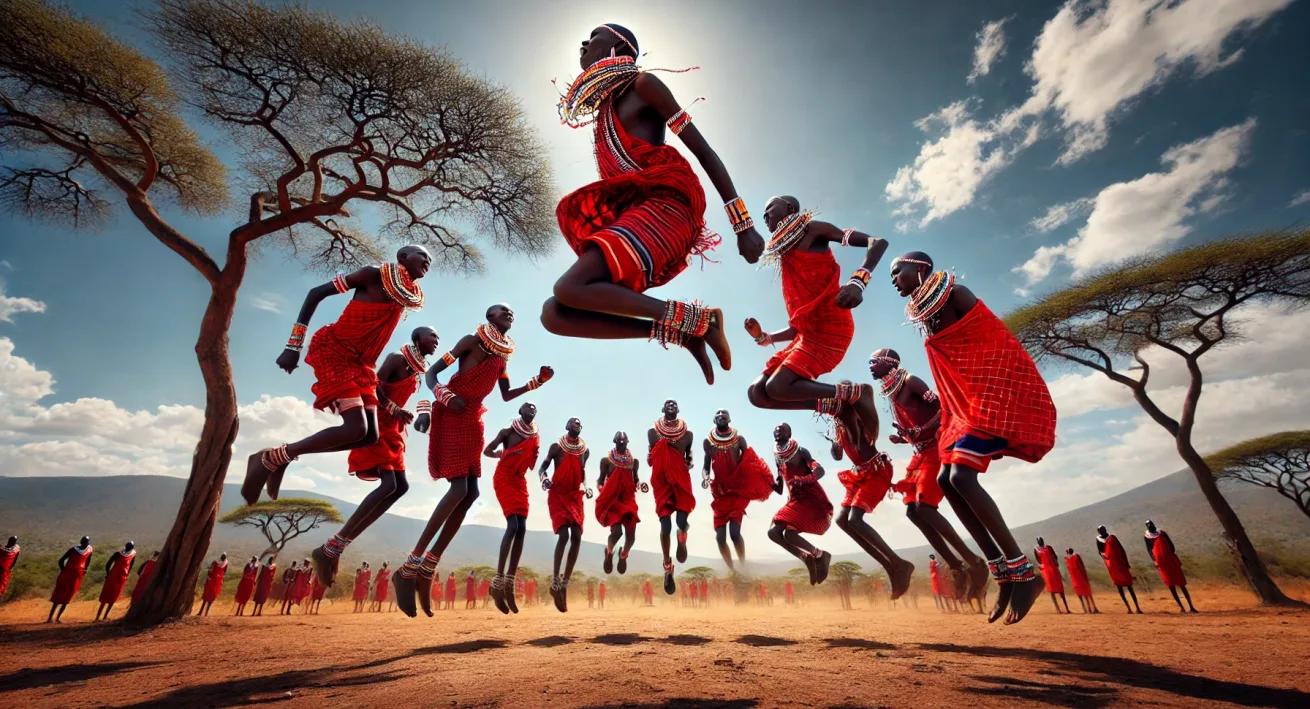The Gerewol Festival in Niger is one of the most spectacular and vibrant cultural events in Africa. Celebrated by the Wodaabe people, this festival is a captivating showcase of beauty, endurance, and social bonding. The Gerewol Festival offers a unique insight into the rich traditions of the Wodaabe, highlighting their customs, values, and the deep-rooted significance of beauty in their society. Held annually in the Sahel region of Niger, this festival draws visitors from around the world who are eager to witness the colorful and intricate rituals of the Wodaabe people.





